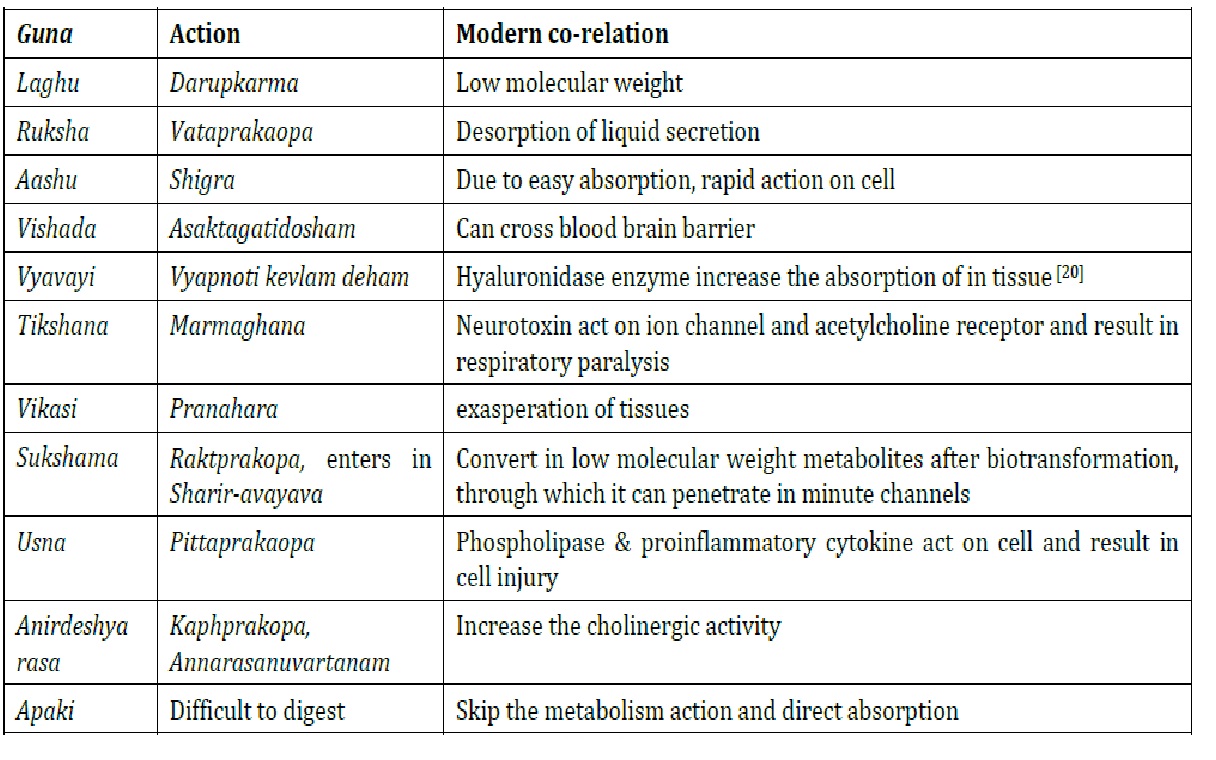Concept of Prativisha: An Unmapped Area
Abstract
Agad Tantra is the one branch of Astang Ayurveda. It deals with all poison whether it is animate or inanimate. Various treatments are explained for all poisoning. General management and specific treatments are given, in which Prativisha is one. Prativisha is the poison to be used as a treatment against another poison. In modern, Prativisha is comparable with antidote. Even though for the use of Prativisha, some specific indication and contraindication are clarified. If these rules are not followed then patients life would get endangered. For the animate poisoning condition, some plant poisons are described and for the inanimate a specific way is described to use animate poison. In some parts of country, only folklore Vaidyas are using this line of treatment but not practiced by all. This area is not so much explored in research field due to life risk and ethical issues. Only a few studies have been found on the use of Prativisha. So, there is need to explore the area firstly through the lab experiment to know the mechanism how a poison molecule can be converted into less toxic molecule. After that, animal experimentation to know the safety and efficacy in all aspect of Prativisha so that it can be used in treatment line in human being.
Downloads

Copyright (c) 2023 International Journal of Ayurveda and Pharma Research

This work is licensed under a Creative Commons Attribution-NonCommercial-ShareAlike 4.0 International License.






